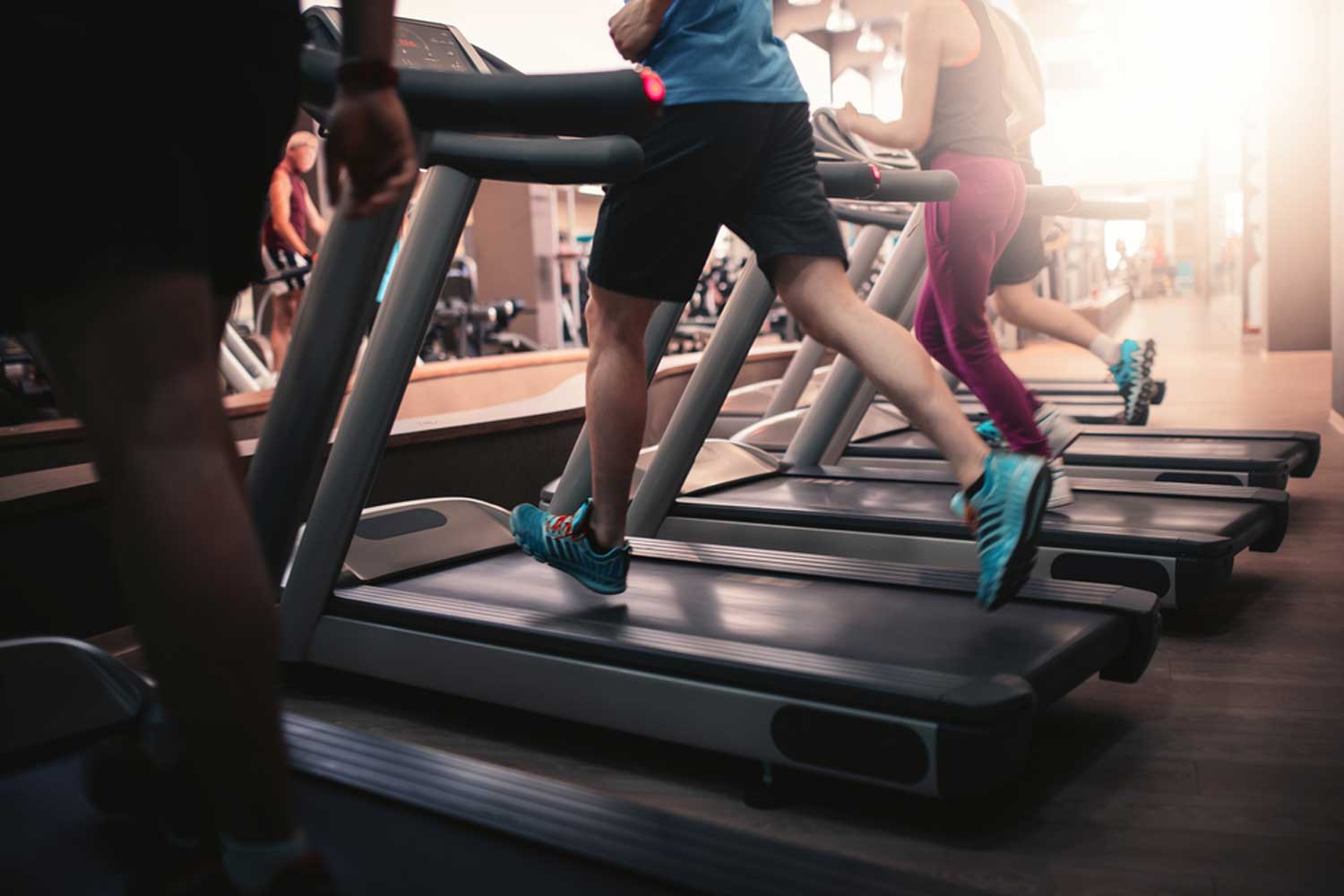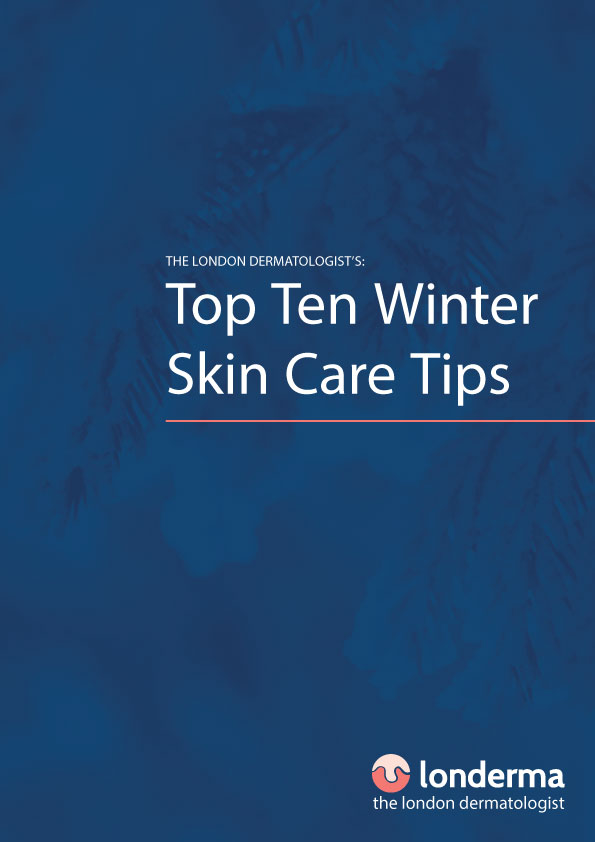Video consultations now available

A few weeks into the New Year, and it seems that the gym is busier than ever. Those New Year’s Resolutions have definitely kicked in. A constructive and sensible exercise programme is a great way to lose weight, improve aerobic fitness, strength and flexibility. But what about your skin? What problems do gym users and athletes develop and how can we prevent them?
Verrucas are caused by infection of the soles of the feet with the human papilloma virus, the cause of warts. The virus infects the keratinocyte, the main cell in the epidermis, the outer layer of the skin causing them to divide too fast leading to a raised hard lump of skin that can be painful to walk on. Infection comes usually from virus-containing skin cells shed on to the floor of communal areas, typically showers and changing rooms. Floors should be disinfected every day, but to reduce your risk to almost zero, wear a pair of clean flip-flops. If you notice a verruca it can be treated by a doctor using liquid nitrogen (which is much colder and more effective than the over the counter could sprays you can buy).
Fungal nail infections and Athlete’s foot are also usually picked up in communal areas that contain fungal spores that have been shed from people with existing infections. Athlete’s foot typically causes a white soft scale between the 4th and 5th toes, but also can cause scale or even blisters on the sole of the foot. If the problem is on one foot only, fungus is a likely cause. Fungal nail infections cause a slow white discoloration of one or more nails and may lead to significant nail thickening and crumbling. Athlete’s foot is often easy to treat with antifungal terbinafine cream. Nail infection is harder to eradicate, perhaps needing a nail paint used twice weekly for months or terbinafine tablets taken for 3-4 months. Wearing flip-flips in communal changing areas should reduce the chance of infection.
Facial flushing is quite normal when we exercise and is the result of the body diverting blood to the surface of the skin, which (like a radiator), is the main way the body tries to lose heat. However for some people with a condition called rosacea, flushes can be severe and last a long time, perhaps 2 hours, after leaving the gym. This type of rosacea can be treated with light and laser therapies which reduce the number of surface blood vessels, or by using a prescription cream called brimonidine.
Excessive sweating is known medically by the term hyperhidrosis. Sweating is a normal reaction to exercise and heating of course, but for some people sweating may be very excessive and occur in normal temperatures. This can be very embarrassing, perhaps causing wet palms, visible beads of sweat from the forehead or wet patches to appear on clothes. People with hyperhidrosis often have a wardrobe full of black clothes because patches of sweat are less visible than on other colours. Good treatments for hyperhidrosis are available, it particularly occurs in limited body areas. Botulinum toxin (Botox) injected into these areas, for example the armpits, can almost completely switch off sweating for 3-4 months.
Frictional skin problems occur due to rubbing or pressure on the skin, perhaps because of tight-fitting running shoes or because of repetitive pressure on the skin from lifting weights. This leads in the short-term to frictional blisters and in the longer-term to thickening of the skin and athlete’s nodules. The key is to protect the skin from excessive pressure, by using cushioning, padding, changing clothing or by using a friction-reducing body-glide product before exercising.
Folliculitis can result from excessive sweating and pressure. Folliculitis means inflammation of the hair follicles and typically occurs on the buttocks, inner thighs and lower back looking like small red acne-like spots. This is often worse at sites of occlusion, in other words where there is long term pressure on sweating skin for example on the buttocks of cyclists. It may improve with anti-bacterial washes and with prescribed antibiotic lotions or even tablets, but the key is to reduce pressure and moisture and perhaps by using towels.
Smelly feet can be caused by sweating and bacterial overgrowth leading to a condition called pitted keratolysis. This leads to soft white scale on the soles of the feet, sometimes with small pit-like indentations and a characteristic unpleasant smell. There is no need to put up with this! It responds well to antibiotic lotion applied to the skin for a few days.
 eBook Download: Top Ten Winter Skin Care Tips
eBook Download: Top Ten Winter Skin Care Tips